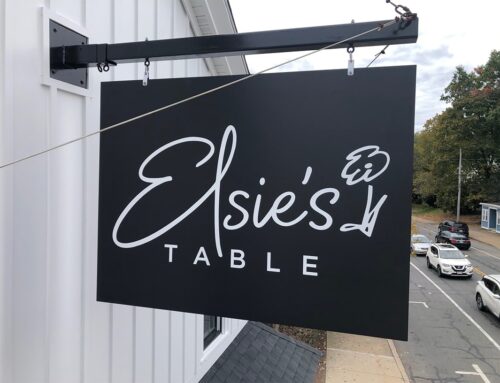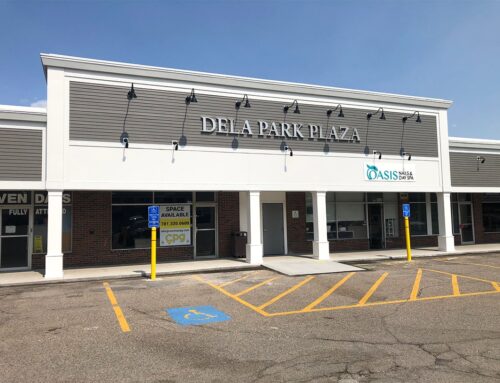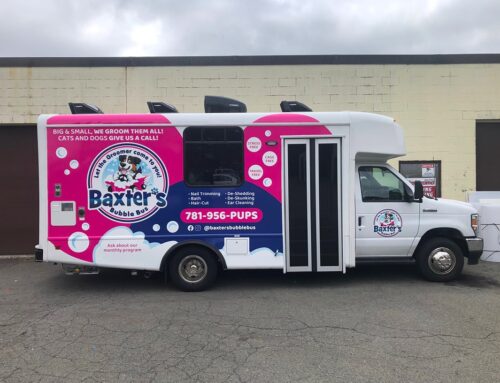For small businesses, signage is not just a marker but a silent salesperson that communicates with potential customers. It’s a blend of brand identity, marketing, and the physical manifestation of a business’s presence.
In a crowded marketplace, effective signage can make your business stand out and attract more customers. Here are some essential tips to consider when designing signage for your small business.
Understand Your Target Audience
Before diving into design elements, it’s crucial to understand who your target audience is. Knowing your audience helps tailor your signage to appeal to their preferences and needs. Are they young, tech-savvy individuals, or perhaps more mature, value-oriented consumers? The design, colors, and messaging should resonate with the demographic you’re aiming to attract.
Keep It Simple and Readable
Simplicity is key in signage design. The primary goal is to communicate your message clearly and quickly. Use concise messaging and avoid cluttering the sign with too much information. Choose fonts that are easy to read from a distance and contrast well with the background to enhance legibility. Remember, a passerby should be able to understand your signage in just a few seconds.
Use High-Contrast Color Combinations
Colors play a significant role in the visibility and readability of your signage. High-contrast color combinations ensure that your sign stands out and is easy to read. For instance, dark text on a light background (or vice versa) is much more legible than colors that blend into each other. Moreover, colors can evoke emotions and associations, so choose hues that align with your brand identity and the message you want to convey.
Incorporate Your Brand
Your signage should be an extension of your brand identity. Include your business’s logo, color scheme, and any other brand elements that can enhance brand recognition. Consistency across all your marketing materials, including signage, creates a cohesive brand image that customers will remember.
Consider the Location and Size
The effectiveness of your signage also depends on its location and size. It should be placed where it is most visible to your target audience, considering factors like foot traffic, competition, and viewing distance. The size of the signage should be appropriate for its location, ensuring it is large enough to be seen and read comfortably from a distance.
Choose Durable Materials
Invest in durable materials that can withstand the elements, especially for outdoor signage. The longevity of your sign is essential for maintaining a professional appearance over time. Consult with signage professionals to select the best materials for your specific needs, considering factors like climate, the possibility of vandalism, and maintenance requirements.
Test Your Design
Before finalizing your signage, it’s a good idea to test the design. You can do this by creating mock-ups or prototypes and viewing them from different distances and angles. This testing phase can help identify any readability issues or design flaws that need to be addressed.
Update Regularly
Lastly, keep your signage up to date. If your signage is worn out, outdated, or no longer reflects your current business offerings, it’s time for an update. Regularly updating your signage can keep your business looking fresh and relevant to your customers.
In conclusion, effective signage is a powerful tool for small businesses. By following these design tips, you can create signage that not only catches the eye but also conveys your brand message clearly and effectively. Remember, your signage is often the first impression customers have of your business, so make it count.





